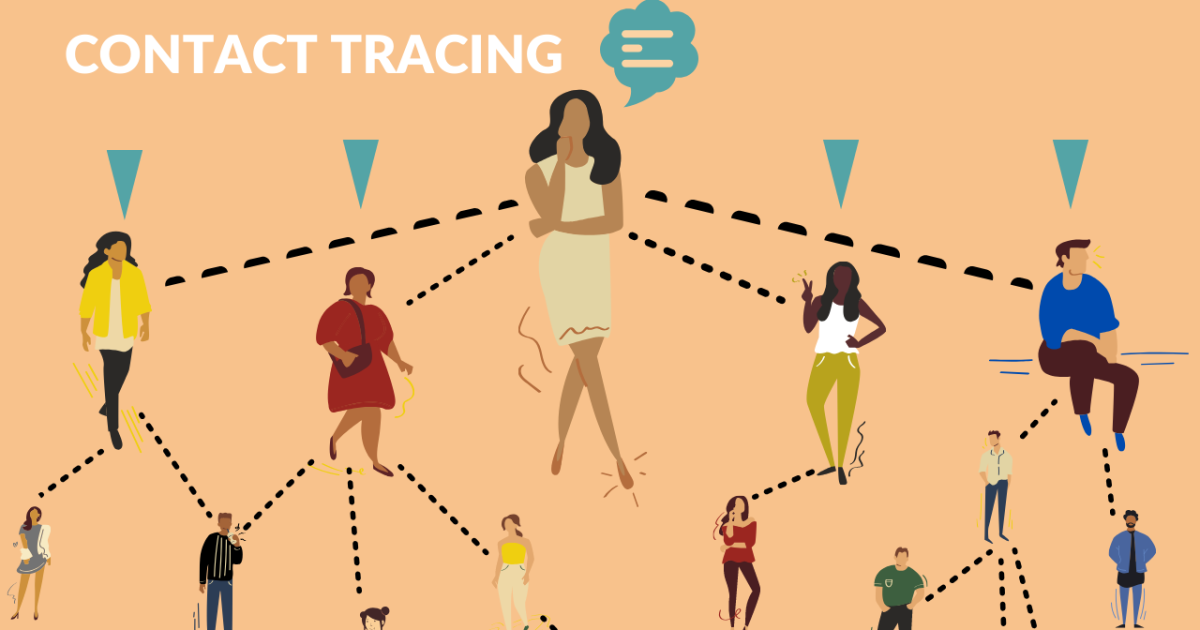Within the COVID testing system at the high school, lies the process that takes place when receiving news of a positive case. A main part of this process, takes place in the contact tracing procedure. Rules such as maintaining a specific seating chart, have been made to administer the process. Dr. Chisum, principal of the high school, explains the many different parts and sides to the process and who exactly is considered a close contact:
“The reason we have a seating chart is so that we can do contact tracing. But if you are six feet apart, and you are wearing your mask, and have not done anything to compromise that, you won’t be considered a close contact. I think people think it’s [the contact tracing] is more sensitive than it is. There are three pieces to contact tracing: there’s the school, home, and outside of school sides. Say you are a volleyball player. If you go to volleyball practice, you contact those people too. And then when going home, you contact whoever lives in your home or whoever visits your home. Anybody you’ve come in contact with in the period of time that gets defined as when you are contagious, those are the people that we start to contact and name as close contacts,” said Chisum.
When receiving notice of a student that has contracted the virus, the student is immediately contacted and must undergo a quarantine with specific period of time potentially changing according to symptoms and other factors. The Board of Public Health and the high school collaborate in order to compile a list of close contacts.
“The person who is positive themselves, it would depend on how their symptoms are. If they’re symptomatic, they have to stay out as long as they’re symptomatic. But if their symptoms get better, they are allowed out of quarantine. If you happen to have contracted the virus, it would all be reported to your Board of Public Health in the town that you live in, and they would reach out to you and your family, and they would do the outside contact tracing. We help them with the inside the building contact tracing because we know our system and our people in our spaces better than they do, but they would do the public part and then they’re responsible for telling you when you can leave quarantine,” said Chisum.
When named as a close contact, one will get contacted immediately and must undergo a ten day quarantine with circumstances changing accordingly to health status such as the show of symptoms.
“Anybody who’s a close contact has to quarantine. They’ve played with the number of days, I think right now the number is ten days that you have to quarantine for, it used to be fourteen. I think the governor just changed that with advice from the State Board of Health. If they become symptomatic in those ten days, they have to stay longer, and they have to get tested. You can get tested, but you’re gonna have to quarantine anyway. If you end up without any symptoms, and you’ve quarantined for ten to fourteen days, you don’t actually have to test,” said Chisum.

